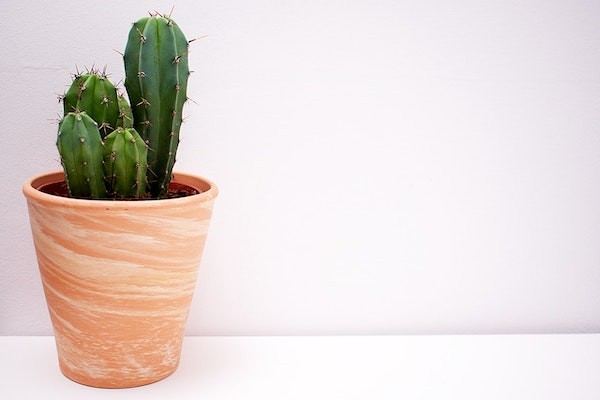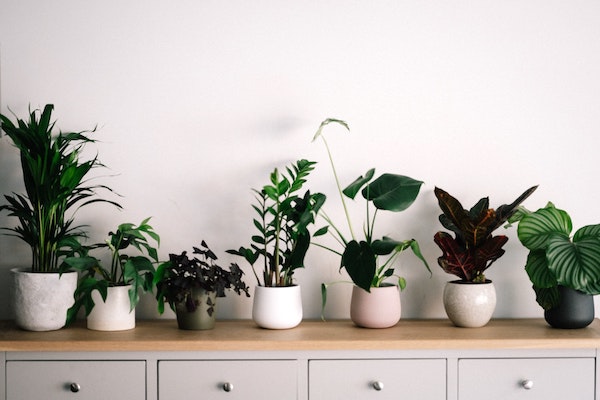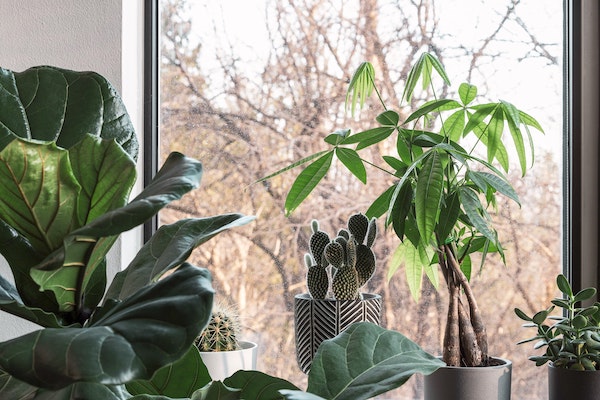As much as moving homes is tough on you, it might actually be a bit tougher on your plants. With them being fragile beings that react to even the smallest of changes – change of environment included – it will definitely take them some time and effort to adjust to the new surroundings. During these trying times, they will undoubtedly require a bit of extra care to, yet again, become their glorious selves. Do you want to help houseplants acclimate to your new home as fast as possible? If so, you’ve come to the right place! We’ll show you how to nurture them back to health and, thus, allow them to thrive!
What to Do in Order to Help Houseplants Acclimate to Your New Home?
You may think that now that you’ve successfully relocated with plants, the hard part is over. But, actually, it’s the opposite that’s true. The struggles have just begun. A long journey awaits you before your home garden returns to the state it was in before the move. A journey that, with a bit of dedication and effort, can be over before you know it.
Look for Damage
Hopefully, you’ve managed to transport your plants without them sustaining any damage. But first, you’ll have to carefully inspect them to make sure of that. Don’t forget to check the leaves, as they might have lost some along the way. Examine the color of the foliage, as well. As far as hanging plants are concerned, well, you might have a bit of untangling to do.
There’s so much you can’t control about the moving process, but that doesn’t mean there’s absolutely nothing you can do to protect your home garden. To ensure it sustains as little damage as possible, you must prepare it for the transfer. Packing plants differs from packing other items. They are living things, after all. They need room to breathe and a bit of water to survive. Clay pots should be replaced with plastic ones for the move, too, since the chances of them breaking mid transport are significantly lower.

Revive the Damaged Plants
You’ve done everything you could to protect your plants before the move, but they’ve still managed to get injured along the way. Now’s not the time to panic! You’ll need a clear head to salvage what can be salvaged.
The proper course of action will depend on the scope of the damage. If it’s just a couple of leaves that have died, simply nipping them away will suffice. If it’s the branches that got broken, you’ll have to trim them all together to allow room for new ones to grow.
To help houseplants acclimate to your new home, you’ll have to keep them fed and watered. After all, they might have lost certain nutrients along the way that need to be replenished. If, for instance, your plants seem a bit dry, try reviving them with this neat technique:
- Fill the bathtub with an inch or two of water.
- Place pots in the tub.
- Allow the plants to soak for approximately 30 minutes before removing them from the water.

Keep them in plastic pots
It’s recommended that you use plastic pots to transport your plants, but it’s also essential you don’t rush to transfer them back to clay ones. Otherwise, you risk them withering away. The transport alone was stressful enough for the poor things. Not to mention that they’ve got a whole new environment to get used to. And with the moisture levels, temperature, and lighting being different, they’ll have a lot of adjusting to do.
Moving the plants from one pot to another will be another traumatic experience for them, so why stress them out any more than you have to? Allow them to get used to the new home for a couple of days. If they appear to be doing just fine, go ahead and place them into pots that, along with the plants themselves, will further spruce up your personal space.
Keep things familiar
No house is the same, and that’s a fact. However, for the sake of your houseplants, you should try your best to make the surroundings as similar to the last place as possible. At least in terms of temperature, humidity, and light. If your plants had previously been kept in the sunniest spot in the house, it’s only natural you’d keep them in such a spot in the new crib, as well.
Choose the right spot
There are plants that require a plethora of sunlight, and then there are plants that don’t need it as much. If you aren’t sure where to put your own, consulting the Internet, for instance, is your best bet. Furthermore, if you are bringing in an entirely new plant to the area, it probably comes with instructions regarding where to put it and how often to water it.

Keep a close eye on the plants
It isn’t enough to just leave the plants be and wait for them to recuperate from the move on their own because, without your help, chances are they won’t survive. Once you’ve inspected them, salvaged them, and provided them with nutrients and a familiar setting, you must let time do its thing.
Keep a close eye on them, all while taking notes of sudden changes in appearance. As was said earlier, to help houseplants acclimate to your new home, you mustn’t repot them upon arrival. Give them at least a couple of days to get used to the environment, better yet, a couple of weeks.

Author bio: Samantha Jenkins is a full-time agent at professionalmoverottawa.com. When she isn’t at work, she takes care of her garden. She’s been in love with plants for as long as she can remember, and she finds solace in nurturing them.
Photos used:
Featured image
Potted cactus plant
Houseplants on a countertop
Houseplants in the front of a window
